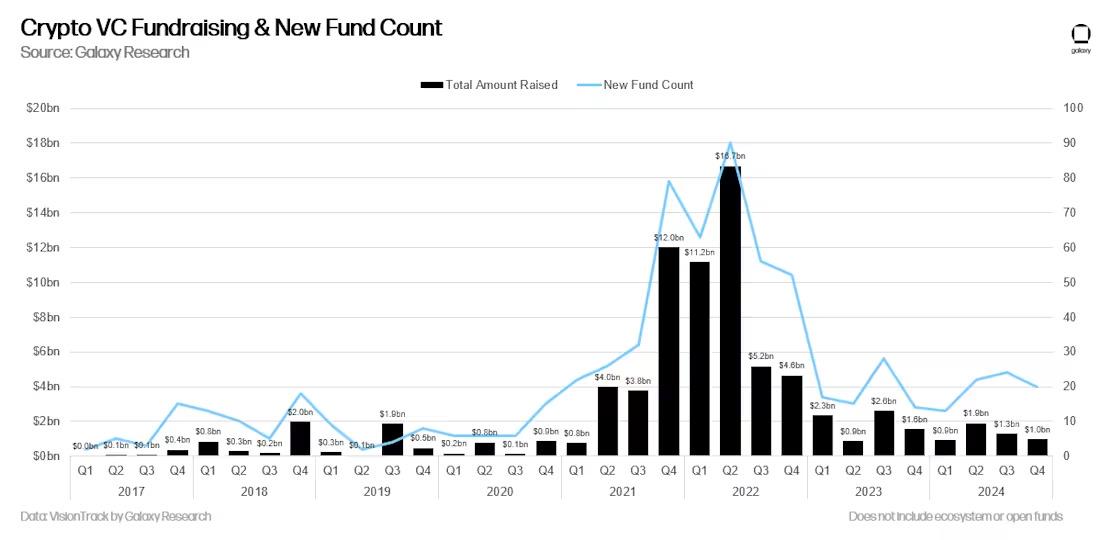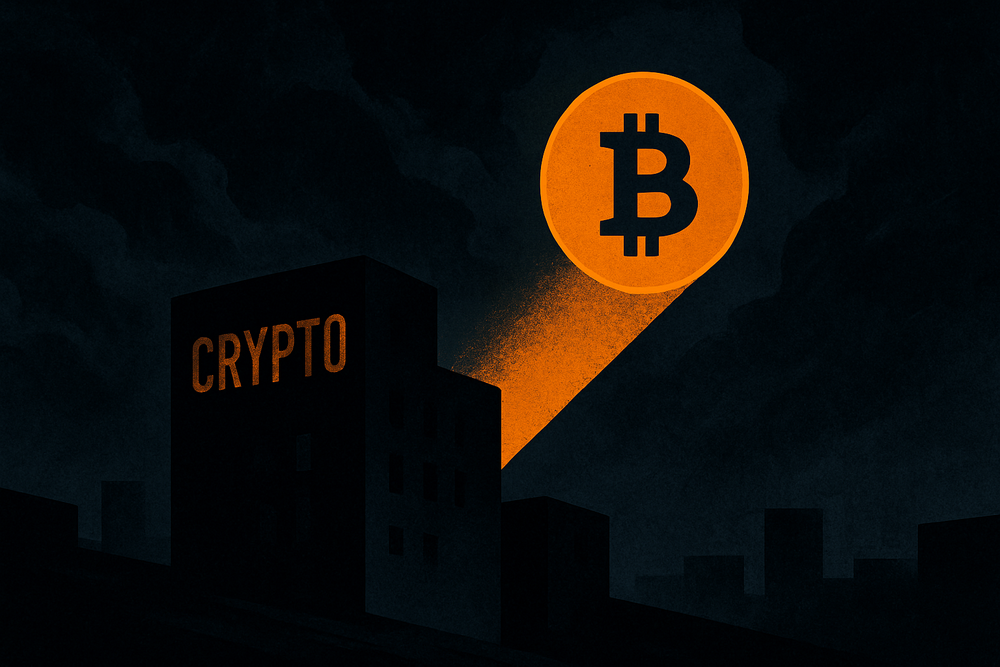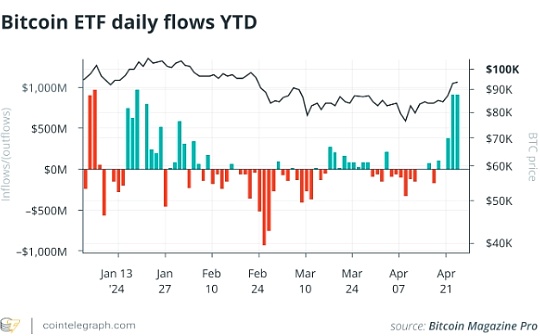The dark tide under the "year" effect: Crypto funds usher in silence before dawn

Reprinted from panewslab
04/27/2025·19D
Author: Zen, PANews
Vintage originally refers to the "year" of wine. Good years are gifts from nature to mankind, while poor years are subject to weather and soil and cannot conceal their defects. In funds, the "year of establishment" is usually called Vintage. Just as the year of wine is a feedback of "terroir", the year of the fund is a snapshot of the economic cycle, which directly affects the returns.
For the crypto fund, which was established during the period of the pandemic, it is currently experiencing a painful backlash from the "bad year".
Success and failure are bubbles
Recently, crypto fund investors have complained about each other on social media. The cause is that Web3 fund ABCDE announced that the $400 million fund will no longer invest in new projects and will no longer raise funds for the second phase. Du Jun, the founder of the fund, said that ABCDE has invested more than $40 million in more than 30 projects over the past three years, and its internal rate of return (IRR) remains at the global leading level despite the current poor market environment.
ABCDE pressed the pause button for investment, reflecting the current dilemma of crypto VCs: the scale of institutional fundraising and project investment enthusiasm have both declined, the token locking model has been frequently questioned, and flexible investors have even maintained value for their own combination through secondary market and hedging operations. With high macro interest rates, unclear supervision and internal industry problems intertwined, Crypto VC is experiencing the most severe adjustment period so far. Especially for the crypto fund, established around 2021, the current environment has exacerbated the difficulty of the funds' exit period.
Bill Qian, co-founder of Cypher Capital, disclosed the performance of the funds they invested in, "We invested in 10+VC funds this cycle, and the GP was very excellent, and they all captured the top projects. But for our investment in the entire VC fund (we do LP), we have already done 60% of the accounting reduction, that is, we hope to get back 40% of the principal in the end; there is no way, if this year of investment in 2022/23 catches up, you have to admit it. Sometimes you are right, but you just lose to time and year." But he is optimistic about the crypto vc in the next cycle, because everything will turn back. It was like the web2 VC in 2000 was wiped out in Silicon Valley, but the years that followed became a good year for nurturing and investing in innovation.
The "capital carnival" from 2021 to 2022, in addition to the continuous creativity within the industry, and has successively boosted market sentiment with the prosperity of DeFi, NFT and chain games, it is also related to the special background of the times. Affected by the COVID-19 epidemic, central banks in many countries implemented quantitative easing and zero interest rates on a large scale during this period, resulting in the flood of global liquidity. "Hot money" are looking for high-return assets. This environment is called "Everything Bubble" by the academic and industry. The rising cryptocurrency industry at that time became one of the important beneficiaries.

Faced with such a trend, crypto venture capital institutions that easily obtain funds have started to "carry-raising" investments, betting on concept tracks in a big way, and less rationally analyzing the intrinsic value of the project. Similar to the technology stock bubble, this crazy investment and short-term rise that is separated from fundamentals is essentially "expected pricing" at ultra-low capital costs. Encryption VCs invest a large amount of funds in projects with inflated valuations, which has laid hidden dangers.
Drawing on the traditional equity incentive mechanism, the token lock-up mechanism aims to release tokens through long-term installments to prevent project parties and early investors from selling in a centralized manner in the short term, thereby protecting ecological stability and retail investors' interests. Common design mechanisms include "1-year cliff period + 3-year linear release", and even longer 5-10-year lockouts to ensure that the team and VCs cannot cash out before the project matures. This design itself is not a big problem, especially for the crypto industry that has grown wildly for many years. In order to dispel the outside world's concerns about the project party and VC "doing evil" and constraints through token locking, it is an effective way to enhance investor confidence.
However, when the Fed began to shrink its balance sheet and raise interest rates in 2022, liquidity tightened rapidly and the bubble in the crypto industry burst. When these inflated valuations fall rapidly, the market enters the painful stage of "value return". The self-reliant crypto VCs are gradually falling into the "darkest moment" - many institutions not only lose money in early investment, but also questioned by retail investors who mistakenly think they have obtained large returns.
According to data released by STIX founder Taran Sabharwal recently, almost all of the projects tracked have seen sharp valuations, with the year-on-year declines of SCR and BLAST even reached 85% and 88% respectively. Multiple data suggest that many encrypted VCs that promised to lock in positions may have missed their better exit opportunities in the secondary market last year. This forces them to make another way to make a living - Bloomberg reported that several venture capital investors and market makers have secretly worked together to hedge the risk of locking positions by hedging derivatives and short positions to make profits from market declines.
In a weak market, the fundraising of new crypto funds is also challenging. Although the number of new funds increased throughout 2024, 2024 was the weakest year for crypto venture capital financing since 2020, with 79 new funds raising $5.1 billion, well below the fanatic level during the 2021-2022 bull market.

According to a research article previously released by PANews, according to incomplete statistics, there were 107 investment funds related to Web3 launched in the first half of 2022, with a total amount of up to US$39.9 billion.
Meme and Bitcoin ETF funds intercept
In the context of the industry lacking clear product narratives and actual use cases, the community has begun to tend to use Meme hot topics to create topics and traffic. With the attraction of the "myth of getting rich", Meme tokens have repeatedly set off trading frenzys and absorbed a large amount of short-term speculative funds.
These Meme projects are often hyped up at one time, but lack continuous support. As the on-chain "casino-based" narrative continues to spread, Meme tokens have begun to dominate market liquidity and occupy the focus of users' attention and capital allocation. This has led to some truly potential Web3 projects being squeezed and obscured, with limited exposure and resource acquisition capabilities.
At the same time, some hedge funds have also begun to seek to enter the Memecoin market to capture the excess returns brought by high volatility. These include Stratos, a venture capital firm supported by a16z co-founder Marc Andreessen. The hedge fund launched a liquid fund holding Solana-based meme coin WIF and brought it a sizable return of 137% in the first quarter of 2024.
In addition to meme, the implementation of Bitcoin spot ETFs in the crypto industry may be one of the potential reasons for the sluggish altcoin market and the difficulties faced by VCs.

Since the first batch of Bitcoin spot ETFs were approved in January 2024, institutions and retail investors can directly invest in Bitcoin through regulated channels, and traditional Wall Street asset management giants have entered the market one after another. The ETF attracted nearly $2 billion inflows in the first three days of its launch, greatly enhancing Bitcoin's market position and liquidity. This also further strengthens the asset attributes of Bitcoin as "digital gold" and attracts a wider range of traditional financial participants.
However, due to the emergence of Bitcoin ETFs, it provides a more convenient and lower-cost compliant investment path, and the industry's original capital flow logic has begun to change. A large amount of funds that might have flowed to early-stage venture capital funds or altcoins have chosen to remain in ETF products and become passive holdings. This not only interrupted the previous capital rotation rhythm of counterfeit funds after Bitcoin rose, but also made Bitcoin increasingly decoupled from other tokens in price trends and market narratives.
Under the continuous action of the siphon effect, Bitcoin's dominance in the entire crypto market continues to rise. According to TradingView data, as of April 22, Bitcoin market share (BTC.D) has risen to 64.61%, a record high since February 2021. This shows that Bitcoin’s status as the “main entry for institutions” is becoming increasingly consolidated.
The impact of this trend is multi-level: traditional capital is increasingly concentrated in Bitcoin, making it difficult for entrepreneurial projects in the Web3 field to obtain sufficient financing attention; for early VCs, the exit channels of project tokens are limited, and the liquidity of the secondary market is weak, resulting in extended collection cycles and difficult income cashing, which can only shrink the investment rhythm or even suspend investment.
In addition, the external environment is also severe: high interest rates and increasingly tight liquidity discourage LPs from high-risk allocations, while regulatory policies continue to evolve but still need to be improved.
As Hashkey Capital's Rui wrote on Twitter: Will the Jedi fight back like 20 years? Many friends have a pessimistic attitude, so they leave one after another. Their logic is simple and effective. On the one hand, all the users who should come in have come in. Everyone is used to Casino's gameplay and is used to pulling and smashing the market to define the quality of the project. Just like shorting ETH, the user's attributes have been established. On the other hand, it is difficult for us to see big applications similar to the chain level. Social, Gaming, ID, etc. have been "trying to refactor" by Crypto, but in the end everyone found that it was a mess, and it was difficult to find new Infra opportunities and new infinite imaginations.

Under multiple pressures, the "dark moment" of encrypted VC may continue for quite some time.



 jinse
jinse